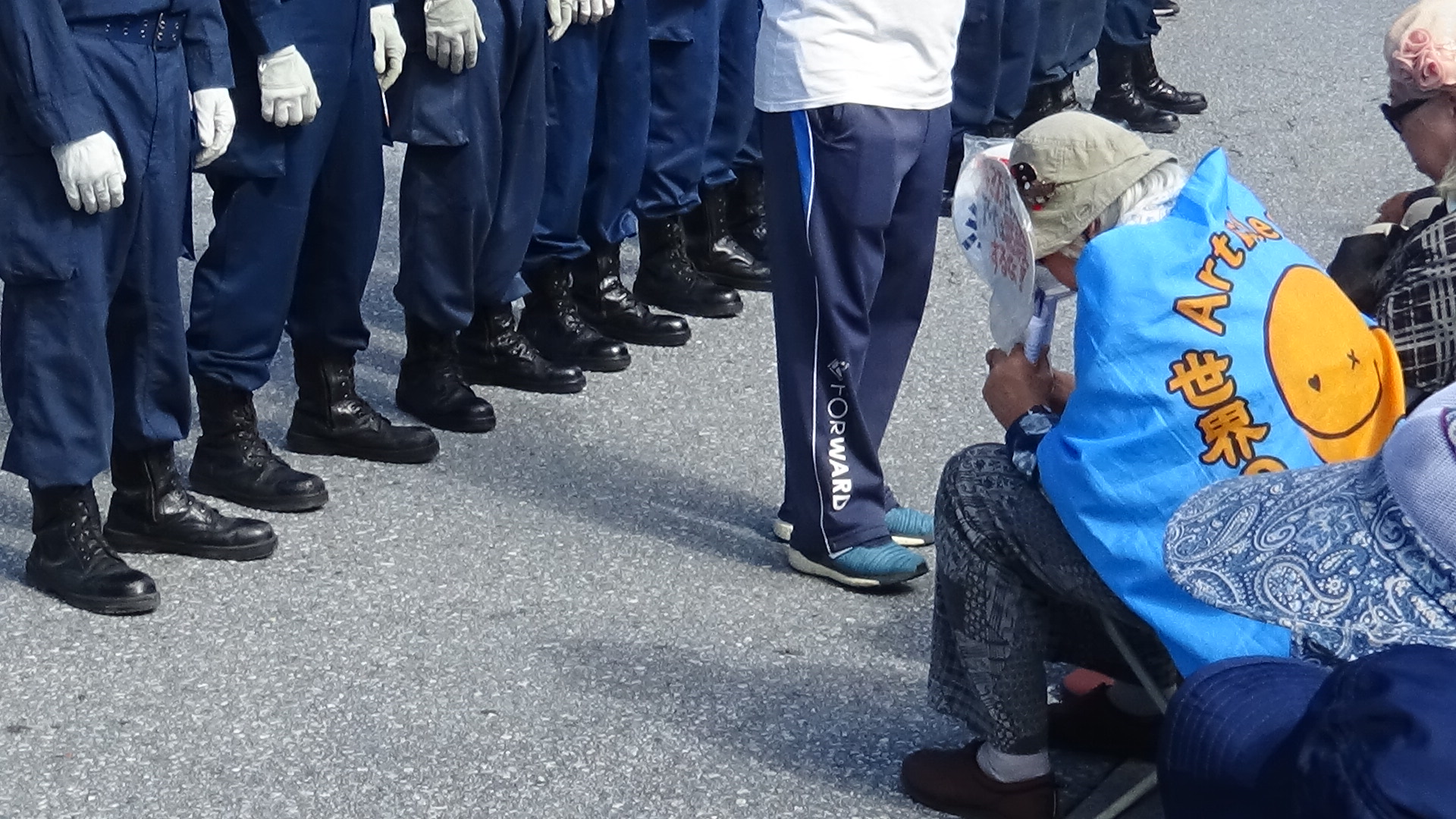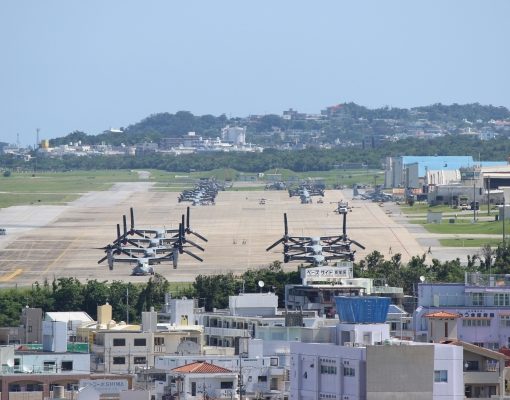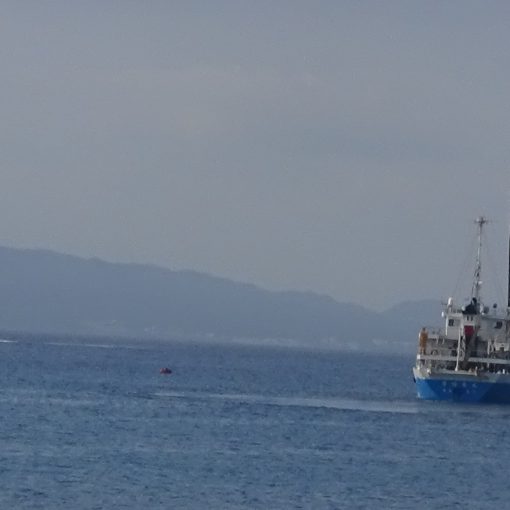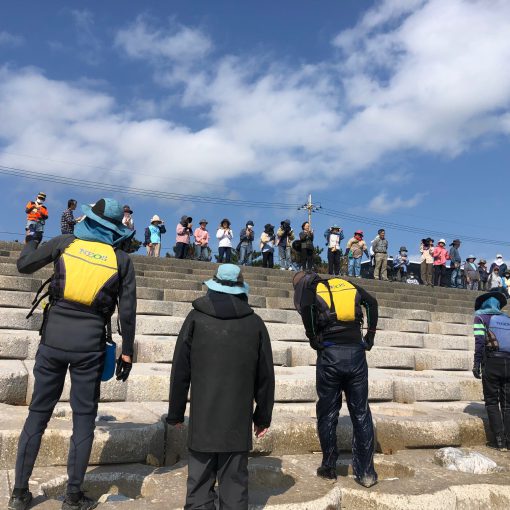In light of the rising criticism on the “Cherry Blossom Viewing Event”, Prime Minister Abe decided to cancel the next years’ event. His decision must have been made out of guilt. The Minister’s Secretariat stated that the invitation list for the event was already discarded, which appears nothing more than a cover-up. Failing to provide data to the public on such issues as Morimoto, Kakei and the daily reports of the Self Defense Force is what characterizes the Abe administration.
The construction of the new base in Henoko is only another case of failure to provide data. The data on “the soft ground” and “the quality of the earth and sand used in landfill” have not yet been open to the public.
Abe has been holding onto the power by giving personal favors to his supporters and keeping the promise made to the US that “Henoko is the only available choice”. Abe has been using politics to serve his personal goals.
(In front of the gate)
Even in the protest rallies, Okinawans find moments of joy and grace. When tens of people participate in the sit-in protest, they start singing. Many parodies on Prime Minister Abe were sung and evoked laughter. The commander of the riot police waited for a song to end before he ordered the evacuation. Citizens were carried away by 3 or 4 men of the riot police. All protestor was removed in about 15 minutes. Those who participated in the protest for the first time would tell to the people of their hometown about the non-violent protest and come back again to join the sit-in. This is the battle of Okinawa.
In three rounds during the morning and the afternoon, 192 truckloads were delivered.

 (At the Ryukyu Cement Pier in Awa)
(At the Ryukyu Cement Pier in Awa)
About 20 people protested at the entrance of the Shiokawa Pier. Towards the drivers of the dump trucks they called out.“Can you explain to your children why you give a hand in illegal construction work?” and“Please do a job that you are proud of.” Depending on the situation of the protest in Shiokawa and Awa, the riot police was busy going back and forth between the two sites. They seemed very tired. 539 truckloads of earth and sand were delivered to the grounds of the pier. With 8 canoes, the team delayed the cargo ships’ departure by 1.5 hours. Today only one vessel was able to leave the pier. It is almost a year since the start of the loading of earth and sand in Awa in December 2018. December 3rd, the members of the marine group decided, will be the day of “Awa Intensive Action on the Sea”. They are reaching out now to invite those who have participated, planning to prevent the cargo ships from leaving. Nearly 50 boats are expected to join.


(Infront of Shiokawa Pier in Motobu)
With 10 people who came from the Tohoku region, we were determined to hinder the truck operations. We delayed the trucks by about one hour and a half. Today, loading to only 2 and a half barges were completed.The photo below shows a large barge loaded with earth and sand leaving for open waters.

(Others)
It was reported on the 12th of November that a colony of endangered Okinawa beach corals that the Okinawa Defense Bureau transplanted in 2018 had died. Of 9 colonies transplanted, 3 colonies are dead now including 2 colonies already reported dead in the end of July.
One of the members of an advisory committee for the Okinawa Defense Bureau, claims that “the rate of death of the transplanted corals is the same level as that of the indigenous corals. The remaining transplanted corals are reproducing; therefore, I consider the transplanting is successful. “
The transplantations were done in 2018 during the period from 27th of July to 4th of August. Experts had pointed out that transplanting corals is not recommended during a season when the water temperature is high, but it was completely ignored by the Defense Bureau.
Furthermore, it became clear that the anchors to fasten down the floats were swept loose by typhoon Jelawat in September and damaged the corals. According to the Okinawa Defense Bureau, the traces of the anchors being dragged were found in 16 different places, the longest trace being 165 meters long. A part of the see grass beds was also damaged, but the Okinawa Defense Bureau has not yet looking into the ways to restore the lost sea grass beds.





